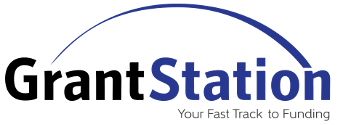Throughout this course, GrantStation President Alice Ruhnke will guide you through the entire grant proposal process step-by-step. You’ll learn how to craft an organizational background, compelling statement of need, process and outcome evaluation, approach, and budget with detailed videos, downloads, examples, and other resources.
You’ll be introduced to a proposal writing framework that can be used repeatedly and will help save you time, write better proposals, and get funded more frequently.






